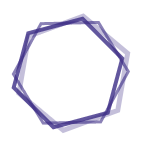The relationship between mechanical low back pain and lumbar curvature angle among computer users.
Article
in En
| IMSEAR
| ID: sea-164426
Full text:
1
Index:
IMSEAR
Language:
En
Year:
2015
Type:
Article

